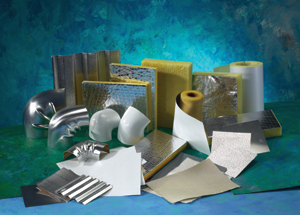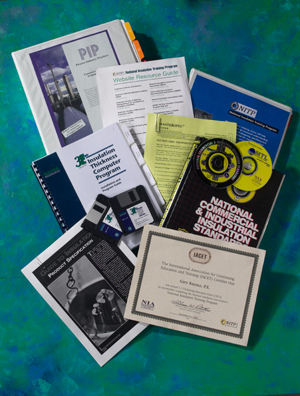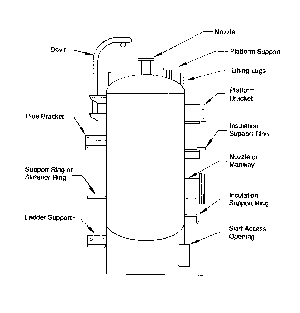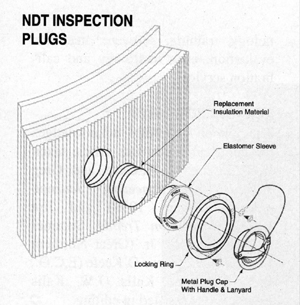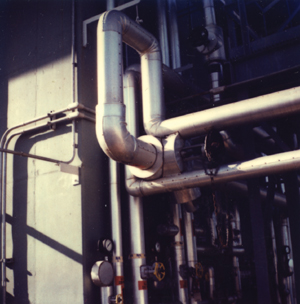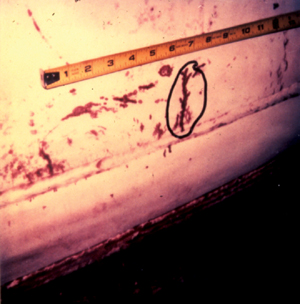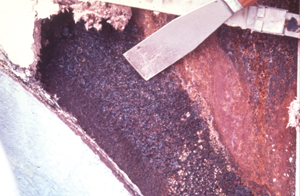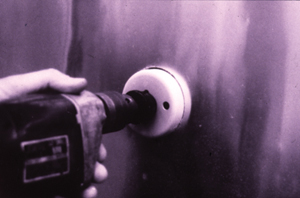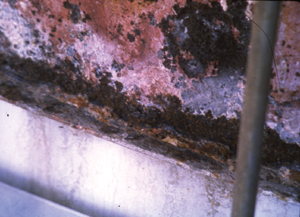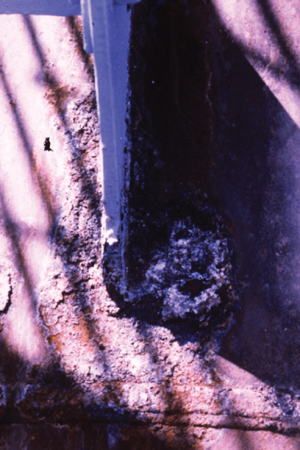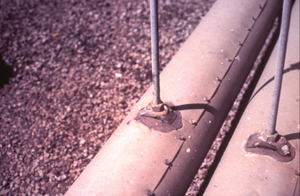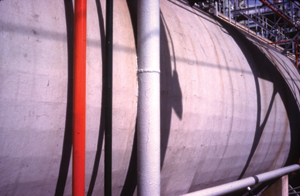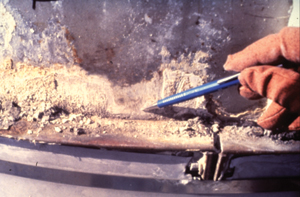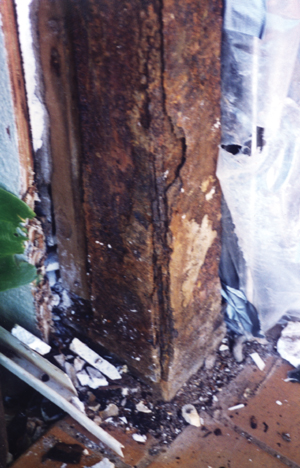On paper, the matchup is simple: plant managers need solutions for energy-driven issues such as fuel bills, emissions compliance, process reliability, and workplace safety. Utilities, with their extensive customer account relationships, would be a superb channel for information outreach to the industrial community, especially if that information is value that attracts and retains customers. In practice, however, this match-up of industry and utility interests is often difficult to achieve.
On the part of manufacturers as well as utilities, the failing is often a function of priorities. These differences aren’t insurmountable, however, as an array of public energy efficiency resources, already developed and freely available, can be tapped by utilities to better serve customers. Energy efficiency conveys benefits to manufacturers in the form of plant reliability and productivity, while also contributing to utilities’ objectives regarding load management, growth, and return on assets. The use of trade allies and Internet communication means that this can be accomplished with negligible effort on the part of hard-pressed utility staff.
Introduction
"Energy efficiency" is a concept that’s often lost somewhere between manufacturing facilities and the energy distribution utilities that serve them. Given the needs of both parties to continually improve their competitive positions, this omission is especially curious. For manufacturers, energy efficiency is manifested in more productive use of fuel inputs. For utilities, it’s a way that allows them to attract and retain customers. Since industry accounts for more than one third of total U.S. fuel use, the issue is relevant to resource and emissions policies, the industrial fuel market, and the immediate business performance of manufacturers and energy utilities.
For the plant manager, applied energy efficiency shouldn’t be an end in itself, but a means for meeting practical objectives such as plant reliability and productivity, return on assets, workplace safety, and emissions compliance. These benefits have a concurrently positive impact on the financial performance of their enterprise. For this discussion, industrial "energy efficiency" is defined as the result of a process that applies technology, knowledge, and management priorities in order to improve productivity-specifically, to improve the ratio of fuel used per unit of production. Energy efficiency can be initiated by an exchange of information in the form of reference material, training, or technical assistance.
If the value of energy efficiency is evident, then why doesn’t industry maximize its potential? Similarly, why don’t utilities universally promote the concept? An assessment of the reasons for this reveals barriers that are real, but not insurmountable. This paper discusses the barriers to embracing industrial energy efficiency, while also suggesting practical solutions to the impasse of resistance. The message that follows will take several dimensions:
- Energy efficiency can be a facilitator, and not a distraction, to a plant manager’s goals.
- Efficient fuel use can be the proposition upon which utilities build and maintain market share, especially as utilities seek to retain customers who enjoy an expanding selection of production technologies and fuel choices.
- Technical reports, case studies, tip sheets, diagnostic software and the like-often freely available-can be employed in utilities’ customer service and marketing efforts that target the industrial sector.
- Clearinghouses and the Internet make these resources available with negligible search and distribution effort on the part of plant managers and utility representatives.
Background
The Manufacturing Perspective
Global competition and industry deregulation have transformed business environments for manufacturing as well as utility industries. The number and quality of competitors encourages each industry incumbent to continually refine its product mix and production processes in order to survive. A facilitator in this process is information technology, which allows businesses to integrate operational data with financial performance more thoroughly and rapidly. A consequence is a compressed time horizon for evaluating business results-corporations are expected to make ever bigger and faster improvements in financial performance.
The corporate implications of competition are clear. Productivity in the manufacturing process is an inescapable priority, as it is for sales, distribution, and support functions. In the manufacturing process realm, this priority is transmitted to materials and labor utilization, scheduling, asset maintenance, and energy use. Facility managers are responsible for both cost control and reliability of operations-two interests that often conflict. Industrial facility managers may sometimes wish to embrace energy efficiency, but perceive practical barriers to its adoption, diminishing their perception of its value. After all, it is realistic to presume that the typical plant manager is rewarded for ensuring plant reliability, but not necessarily its efficiency.
A survey conducted by the National Association of Manufacturers of more than 400 manufacturers indicates that approximately 85 percent of respondents have given at least cursory attention to energy efficiency. For those respondents who had implemented some measure of energy efficiency, the most frequently cited reasons for doing so were "saving money" (80 percent), "saving the environment" (40 percent), "emissions compliance" (a distant third), "improved community relations," and "requested by customers" (fourth and fifth, respectively). Smaller manufacturers were almost as likely as their larger counterparts to have made some effort. These results still beg the question as to how thorough and lasting such efforts have been. It also doesn’t address the reasons why some manufacturers don’t pursue energy efficiency to its full potential, if at all.
The Alliance to Save Energy conducted a series of industry roundtables that examined plant managers’ motivations for pursuing (or for limiting their pursuit) of energy efficiency in their facilities. These focus groups identified (1) ways in which plant managers currently addressed energy efficiency opportunities; (2) barriers to full implementation; and (3) past experience and current expectations with respect to outside technical assistance.
Sources for Energy Efficiency Initiatives
During the Alliance to Save Energy industry round tables, several sources for current in-plant energy efficiency initiatives were revealed. Among the conclusions:
- Project ideas originate from officers of the company as well as process workers.
- Committee structures are sometimes formed to solicit ideas from employees.
- Regular monitoring and reporting of process inputs and activities find anomalies that indicate potential improvement projects.
- Parent companies provide corporate energy strategies, financing, and expertise to subsidiary plants.
- Managers often rely on colleagues, peers, and professional societies for unbiased insights.
- Larger plants tend to more readily use engineering consulting services, professional society resources, and (historically, at least) utility demand side management (DSM) programs.
- Simple payback is the most commonly used measure of project viability.
Energy Efficiency Barriers
The Alliance to Save Energy round tables also revealed a number of barriers which can make full implementation of industrial energy efficiency more difficult. Some of these barriers are listed:
- Managers are often not motivated to act, believing they have already captured all efficiency gains back in the 1970s and 1980s.
- Many in-house or staff energy managers have been "downsized away." Remaining staff are fewer in number and haven’t the time to keep up with new technologies.
- Engineering consultants have an incentive to recommend familiar, low-risk technologies, and those with low first costs. This often works to the detriment of energy efficient technologies.
- Many plant managers for smaller facilities have inadequate or unreliable resources to research available options.
- Managers cite risks related to economic uncertainty and reliability of new and unknown equipment as a barrier to investment.
Not all opportunities to improve energy efficiency are implemented, even when these are identified through unbiased plant audits. A number of audit opportunities have been available for years through public sector and utility-sponsored programs. As a matter of program evaluation, these audit providers usually follow up with plant managers to determine the rate of implementation of audit findings. One long running and comprehensive manufacturing plant audit opportunity is sponsored through the U.S. Department of Energy’s Industrial Assessment Centers. Only 40 percent to 50 percent of IAC audit recommendations were implemented, on average, at the time of the Alliance roundtable report. Enbridge Consumers Gas of Toronto, Canada is a utility that offers an outstanding plant audit service for its customers. An evaluation of that program, performed in 2001 after 41 audits had been compiled, showed that only 19 percent of all identified energy efficiency projects had been implemented. This equated to 27 percent of the potential volumetric fuel and dollar savings that were identified in the audits.
One review of the literature categorizes energy-user barriers to plant efficiency. These categories include the decision-making process (corporate procedures, prevailing business climate, corporate culture and personalities, etc.); lack of information on the part of the consumer and often on the part of equipment suppliers; limited capital availability; lack of skilled personnel; and difficulty of identifying and quantifying efficiency impacts. Another study recognizes that technological dialog and opportunities vary by industry; mature industries are supposedly characterized by stagnant business conditions and fewer opportunities for equipment change-over. By the same token, industries that enjoy dynamic growth generate a more active technology assessment dialog for its incumbents. The same study also recognizes barriers resulting from industry codes and standards (e.g. operator licensing requirements and related costs) along with government fiscal and regulatory policies (like investment tax credits and depreciation schedules).
The findings from the industry roundtables suggest that poor access to reliable and unbiased information (with risk being enhanced by uncertainty) is the root cause of resistance to energy efficiency in manufacturing plants. "Access," in turn, is tempered by the availability of knowledgeable staff and unbiased references. This indicates a need for more aggressive demonstration of energy technologies, plant practices, and evaluation techniques. For reasons that aren’t entirely clear, managers at smaller facilities in particular still rely on simple payback as a measure of project viability, despite the availability of more rigorous analysis techniques such as life-cycle cost and net present value. This practice can often result in the selection of less-than optimal investments, while also dismissing truly valuable options. It’s no wonder that plants forego so many energy efficiency opportunities. This lack of supporting information is sometimes compounded by corporate-level indifference to energy efficiency. The challenge is to demonstrate the impact of efficiency projects not simply on energy saved but on the very performance metrics that corporate officers care about most.
Energy Efficiency’s Place
"Energy efficiency" has a place in today’s industrial energy markets as a premise upon which manufacturing end-users as well as energy utilities may serve their corporate goals. Energy efficiency is actually a means for purveying productivity. For manufacturers, productivity is enhanced when inputs per unit of product are minimized. For utilities, end-user efficiency is the value proposition upon which industrial consumers can be attracted and retained. Given the fact that efficiency is partly the result of proper plant monitoring and maintenance, the optimized plant also displays more predictable fuel demand. Predictability of demand is a feature that benefits plant managers (in the form of fixed contract fuel purchasing), and utilities in the form of higher load factors applied to their distribution assets, which has directly positive implications for the utility’s financial performance.
While utilities are an ideal channel for communicating energy efficiency opportunities, they often have neither the resources nor authorization to do so. In sum, the barriers to the full implementation of energy efficiency are due to shifting priorities and poor availability of information to decision makers. This impasse may be overcome by employing ready-made, publicly generated reference material. The Internet, plus toll-free clearinghouses, make this dissemination of resources easy and cost-free.
Christopher Russell is senior program manager for the Alliance to Save Energy in Washington, D.C. Information about the article’s sources and references can be obtained by calling Russell at (202) 857-0666. Rebecca Tate and Anthony Tubiolo of the Alliance to Save Energy also contributed to this article.

